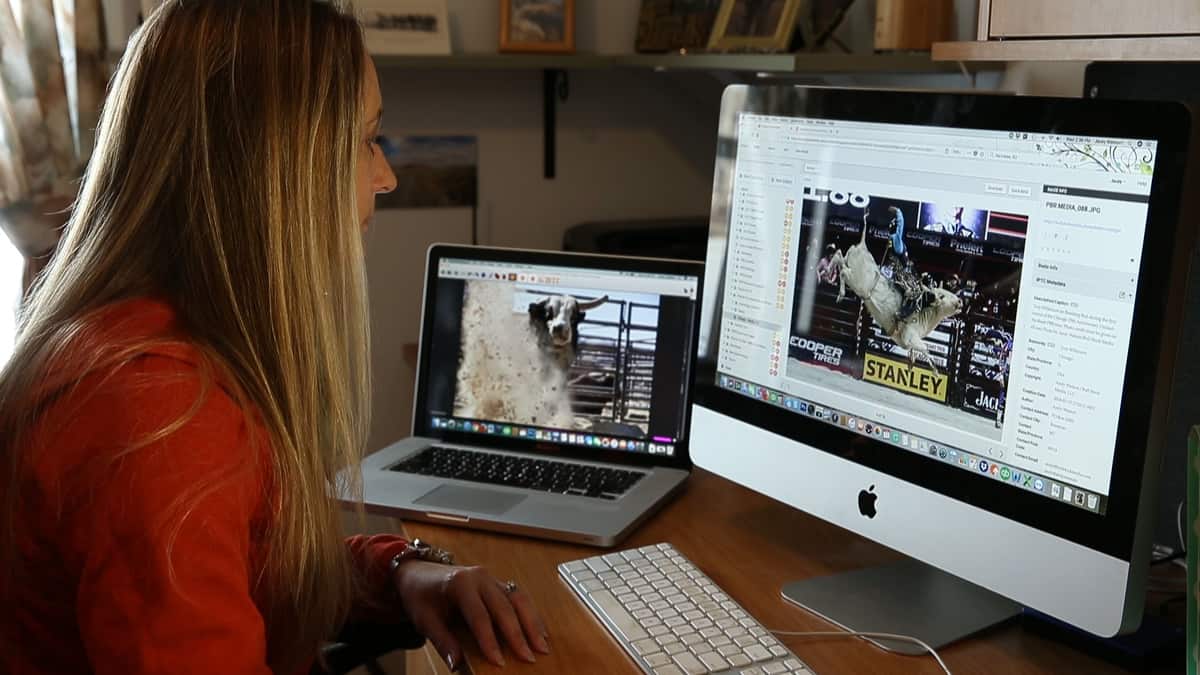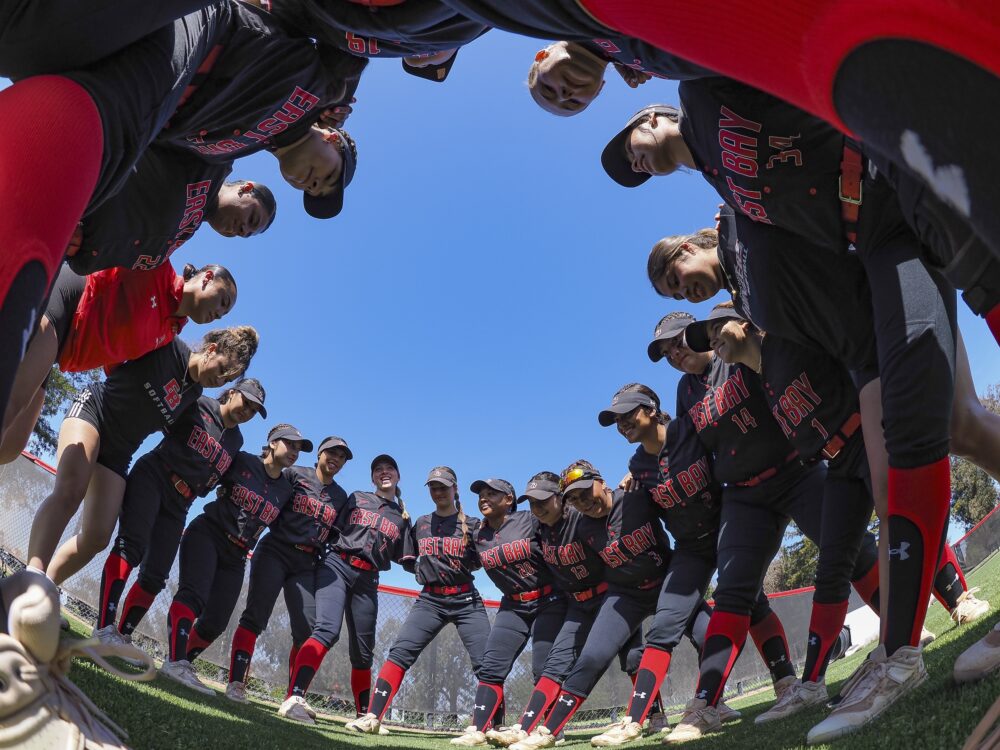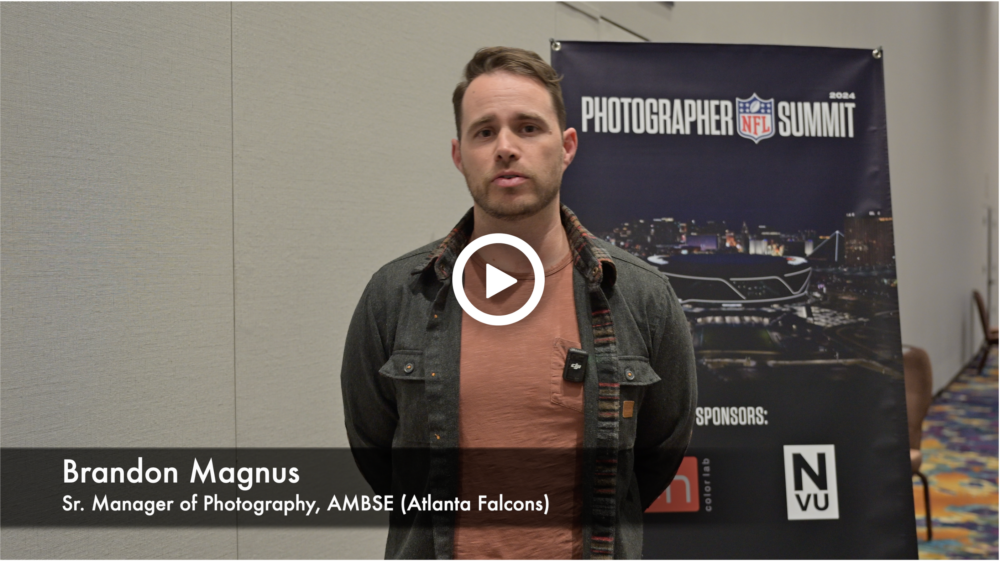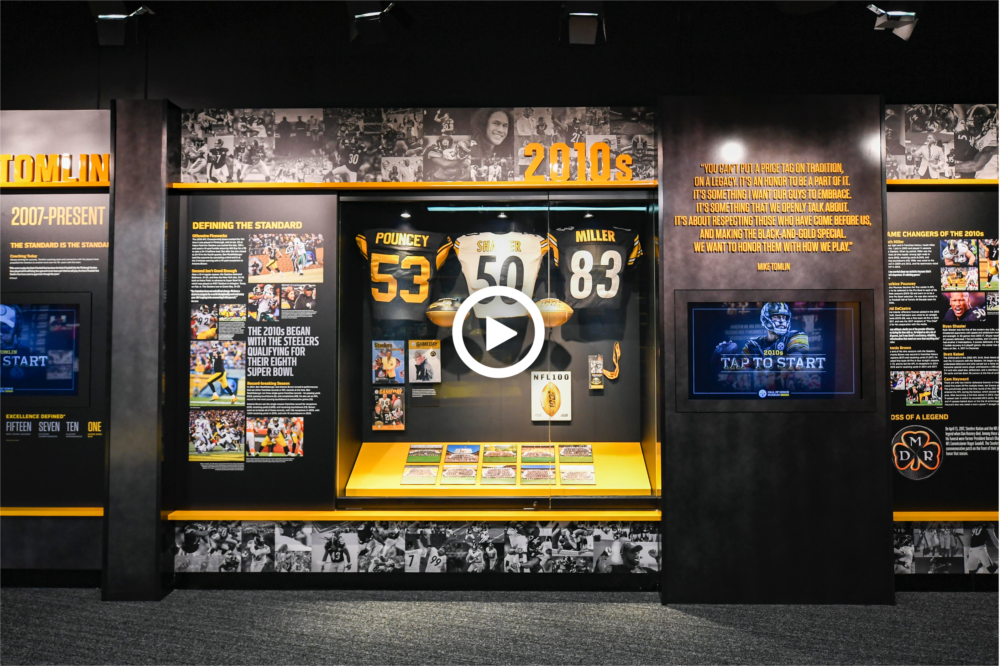Share
A Detailed Look at the Professional Bull Riders’ Photo Workflow
PBR tells stories in real time with PhotoShelter.

When Andy Watson steps into an arena, he’s ready to take on 1800 pound bulls and the ticking clock.As the official photographer for Professional Bull Riders (PBR), Andy is responsible for capturing stunning images and getting them to PBR’s social media team just seconds after a ride is over.
Watch the video to see Andy’s workflow firsthand, and read on to get the nitty gritty details!
Jump ahead to read more about:
The Road to Real-Time Storytelling
When Andy started covering the PBR more than 20 years ago, he shot film. After an event, he would go home, process the film, and wait for someone from the PBR to call and request an image. Andy would print an 8×10 photo and send it to them, then they would scan it and put it in their programs.
“It was definitely a different slower paced world,” says Andy.
In 2002, Andy switched to digital. Over the years, cameras got smaller and wireless internet made transferring digital files faster.
Now, Andy delivers photos instantly between rides so fans can keep up with PBR events in real time.
“It’s amazing what technology has done in such a short period of time,” says Andy. “This world is instant. You can’t get away from it, so we figured you may as well join ’em and make it a fun experience for the fans.”
The Pre-Event Setup
Andy travels to more than 40 PBR events a year. When he gets to an arena, he hangs strobe lights from the ceiling and sets up his live event system. The strobe lights are set up near the shoots since most of the action happens right out of the gate.
“But you never know, they’re animals that you can’t tell them what to do,” laughs Andy. “They do whatever they want.”
Typically, he also sets up a studio and takes headshots of the new riders to send to the broadcast team and the team that runs the screens in the arena.
While Andy is on the road, his wife Jacey Watson runs the other side of their workflow from her home office in Bozeman, Montana. Once Andy sets up his computer on the edge of the fence, Jacey logs in remotely and waits for the images to start rolling in.
Shooting & Gear
After two decades covering bull riding, Andy knows what it takes to get the shot. Let’s break it down.

Gear
When I asked Andy what piece of gear he couldn’t live without, he was quick to say his camera.
“I’m a big fan of Chase Jarvis, and everybody asks him what’s the best camera, and he says it’s the camera you have,” says Andy. “Whatever, whether it’s an iPhone or a $50,000 large format camera, it’s the camera that you have with you that’s the best camera.”
Andy shoots with the Canon 1DX, which he says is the best sports camera he’s ever had because it’s fast and sharp enough to keep up with this fast-paced sport.
His workhorse lens is a 70-200mm.
“It makes a better picture the closer you are – but I don’t want to be that close,” says Andy.
He also carries wide angle lenses for behind the scenes images and shots that capture the arena. If you look closely, you can see that his second lens is easy to grab from a cupholder hitched to his work station at the edge of the fence.

He shoots with strobes, so he doesn’t use motor drive.
“It’s a second and a half in between every shot so you have to time it,” says Andy. “You have to make sure that you’re in timing with what’s going on and get the shot.”
And, he always shoots with a shallow depth of field.
“It’s a very busy sport,” says Andy. “There’s all the fans in the seats, the cowboys behind the shoots, there’s a lot going on, so to make that action really stand out, that shallow depth of field is pretty important.”
Strategy
Andy covers bull riding from inside the arena, which has its pros and cons. Sometimes he misses a celebration shot because he’s getting out of the way of a massive bull.
“But at the same time,” he explains, “being in the arena helps you get those shots. It helps you get the angle of the best action. It helps you move around and get wherever you need to get to get what’s happening at that moment.”

He works with the PBR team to make sure the composition of the photos fits the organization’s needs.
“The strategy’s changed throughout so much – somebody likes faces – tight on faces – somebody likes actions, somebody likes wrecks,” says Andy. “Everybody has a little different style, so you adapt every time you get a new person that you’re responsible to talk to.”
He recommends getting to know your stakeholders and making sure you know what they need.
Knowing the Sport
Andy is no stranger to bull riding – he started taking his camera to rodeo practice back when he was riding bucking horses in college. His own experience, paired with two decades with the PBR, helps him cover the sport from an insider’s perspective.
That means he knows how to find the right stories, even as a one-man band on the road. He listens to the riders talk and works with PBR’s sports writer Justin Felisko so he can stay aware of what’s going on in the sport.
Plus, he knows how to get out of the way. He knows how to look at a bull and predict what he’s going to do.
“You concentrate during the ride on the ride, shooting the shot, getting the best action, the peak action, the cowboy in the best shape you can – or sometimes getting wiped out or run over,” says Andy. “And then after that, it’s business – get out of the way, stay out of the way. Don’t get hit, because there’s no whistle – you can’t blow a whistle and stop the play on the field here.”
Check out how Andy tucks his camera under his arm as he jumps up on the fence to get out of a bull’s way:

FTP, Editing & Sharing
When Andy snaps a photo in the arena, he kicks off a chain reaction that only takes a matter of minutes. Let’s follow an image from his camera to the fans.
Step 1: FTP
Andy uses a Canon WFT-E6A wireless transmitter to send photos via FTP (File Transfer Protocol) to his computer at the edge of the fence. This allows him to get photos to his photo editor, Jacey, instantly.
But, he says some arenas have more interference than others, so you should always be prepared.
“You have to have that plan B all the time,” says Andy. “Maybe the wireless isn’t going to work tonight and you’ve got to dump a card to get it there instantly. And it’s a hassle because you’ve gotta wait til a section break which might be 10-15 minutes, which back in the day wasn’t terrible, but now that’s unacceptable – it’s really hard to always be perfect.”
Step 2: Editing
While Andy is shooting, Jacey is logged in remotely to the computer at the edge of the ring. The photos are automatically imported into Photo Mechanic, where Jacey crops and edits them.

She also adds metadata to the photos so anyone searching for them later on can find exactly what they need.
“We need to know who it is, where it is, what bull they’re on, what their score was, kind of those real staple, crucial words,” explains Andy. “If they want a picture of a wreck, they type in ‘wreck’ and it’s there. If they want a picture of J. B. Mauney, they type in J. B. Mauney and it shows up.”

Step 3: Sharing
Next, Jacey adds the photos to PhotoShelter for Brands so everyone at the PBR can access the images in real time, whether they are on the road or back at the PBR’s office in Colorado.
“They’re getting photos live from the event, and then the whole team can deploy where they feel necessary,” says Andy.
That means fans can see an incredible freeze frame on Instagram just minutes after a great ride.
150 people are pulling images from the PBR’s PhotoShelter account on a daily basis. Each person can only access the content that Andy and Jacey have given them permission to use.
The PBR team shares these photos immediately through the PBR website, social media, marketing, advertising, PR and more. The images are everywhere from CBS Sports to the sides of semi trucks.
“They use them for so much and to have that quick deployment for them is so crucial for us,” says Andy.
Plus, Andy and Jacey deliver images to PBR sponsors like Monster Energy, Cooper Tires, Wrangler and Stanley DeWalt, who all share images of the cowboys they sponsor on social media.
Even some of the riders buy images from Andy and Jacey.
“To have that one tool that really makes all of that possible in PhotoShelter is amazing,” says Andy. “To fulfill the photos that we do one at a time – sending them, emailing them – would just be impossible. We do 5-7,000 photos every three months with the system.”
Go Behind the Scenes with the PBR’s Visual Storytelling Team
Want to learn more about Andy and Jacey’s visual storytelling strategy? Watch our on-demand webinar with this innovative team to get all your questions answered. And, be sure to ask any lingering questions in the comments below!
On-Demand Webinar: 25 Years Shooting the Most Dangerous 8 Seconds in Sports
Cover photo by Andy Watson, Bull Stock Media.



